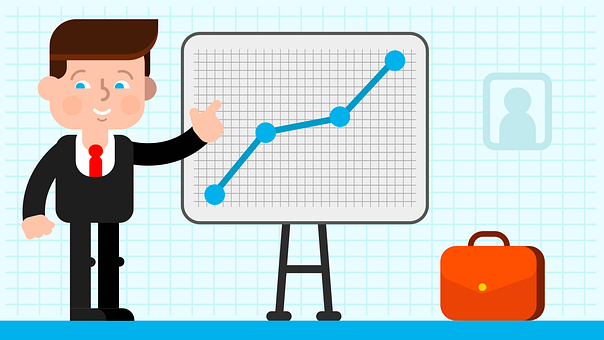I’m an avid reader, learner and practitioner of digital marketing more particularly how to rank in Google vis a vis search engine optimization.
Before I knew much about SEO, and was making websites for my different ventures, I knew that web site hosting was important, specifically the speed of loading times for a site. Having made websites on WordPress as my first go to website builder, I looked to WP Engine as the creme da la creme for fast hosting. But this was just one of many ranking factors that I now have become acquainted with over time having taken SEO on as a vocation.
The more I have been delving into this sphere of practice the more I have been realizing something.

It’s Not Just Ranking Factors
There are far too many things to keep tabs on. From all your different algorithms to the 200+ ranking factors, SEO can be far too daunting just like learning a new computer language can be.
But, it doesn’t have to be.
Just when I was getting into SEO, I had a chance encounter with a Google executive that I picked up for my Lyft fare.
This was around the time that I went off the deep end with familiarizing myself with all the ranking factors to secure first page placement on Google.
But the one piece of advice that rang true from my run in and one that I could now relate to, is that content should be created for humans first and not just machines.
That’s right.
I’m sure you’ve heard this before if you have ever done any snooping around on SEO on the internet. My passenger who was a Google Executive and who I had asked what insider information if any he could relay over to me, since I had done him the solid of driving him in the snow 3.5+ hours home, of all things, told me the ubiquitous SEO adage that content is king.
Now obviously, there are things that can be “optimized” to make that content gain exposure and therefore pick up the necessary votes of confidence to be placed on the first page of Google, but fundamentally, if the content is not good enough to begin with, then all these other ranking signals that can be optimized for would just go to thin air.
Hence, there are different segments to the SEO game.

There Are Different Parts to SEO You Should Be Aware Of
There’s the technical side of it which is the core of search engine optimization, the content marketing aspect, which is the creative part to it and then there is the outreach side to it which is the promotional part to the content.
However, there is one significant part to all of this that many if not all SEO’s overlook whether they have the capacity for it or not. And that is the design part of it all and how the user experience is taken into consideration.
This is what sets one website apart from another. The order in which the pixels hit the retina. The emotion that is felt when first landing on a site. The overall discernment that stays as an imprint after browsing and clicking around on the site. This is what we refer to as the user experience.
There are many things that come into play here but I would make it a point that design goes hand in hand with the branding of the site as these are both one in the same being constituents of the same degree.
Becoming Aware of the Human Element
In this way, here is where the human element comes into play. If the site is just another me-too template with little attention given to design all across the board from the logo to the visuals to the layout, ease of use, speed and overall experience that is to be ascertained by the user, then such things will not go unnoticed.
Typically the amount of effort put into the design of a site, considering that the design is on par to what the current consensus of what a well designed site ought to be, then that energy should equate to a considerable user satisfaction and thus sentiment in becoming a returning visitor bearing in mind that there too is a comprehensive digital marketing strategy put into play.
With these bases covered, SEO takes on a deeper breadth and frame of reference.
Besides getting those creative juices flowing, I am not discounting the technical side to it, which many SEO’s are privy to, I am though conjecturing that design will be the next front in SEO optimization, because after all, it is humans that click the buttons on their keyboard and move the mouse while surfing the web and not machines.
With that said, there are two main things to keep in mind when designing and developing a website.
2 Things to Keep Top of Mind When Designing Your Website
The first, is that your site should be created with RWD (Responsive Website Design) using HTML5 and CSS3 coding.
The significance for this is plentiful.
A responsive site is one that is designed to resize content within the page to be proportional to the current screen size in its expanded or narrowed state and other devices used to view the same content.
Not only does designing a site with responsiveness create a nicely arranged structure for the site, it also adds a level of elegance to its composition.
When browsing on a site and you need to resize the browser in order to open up another application along its side, this slight touch in order quite readily appeases the sense of user friendliness.

And secondly, with roughly 63% of users on mobile devices that stumble across web pages, it would make sense that your website be designed with mobile first design.
Having your site made mobile ready assures that visitors are presented a suitable mobile passage and thus also you gain the benefit of assimilating a prime ranking factor; mobile friendliness.
Although much of SEO is based on data and technical optimizations, I highly suggest that design be considered in the forefront as the primary human element to gaining prominence in search engine results pages.
About The Author:
Eric Gruboy is the founder of Lightwalker.media. Eric combines a multi-disciplinary approach to digital marketing with hands on experience centered around design.
